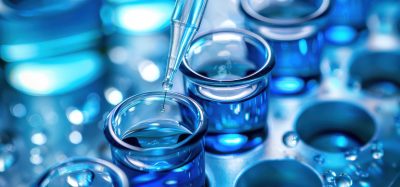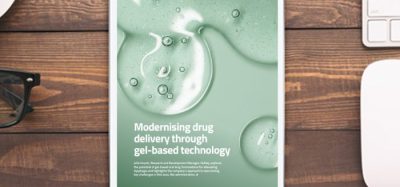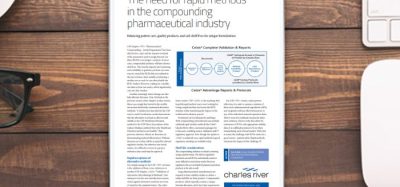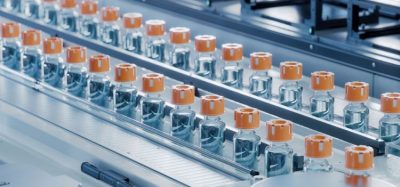HPLC method demonstrates value for quality control analysis of cardiovascular drug
Posted: 3 January 2025 | Catherine Eckford (European Pharmaceutical Review) | No comments yet
The HPLC technique provides “significant improvements” over traditional methods for carvedilol determination and has broad applications for pharmaceutical quality control, research suggests.
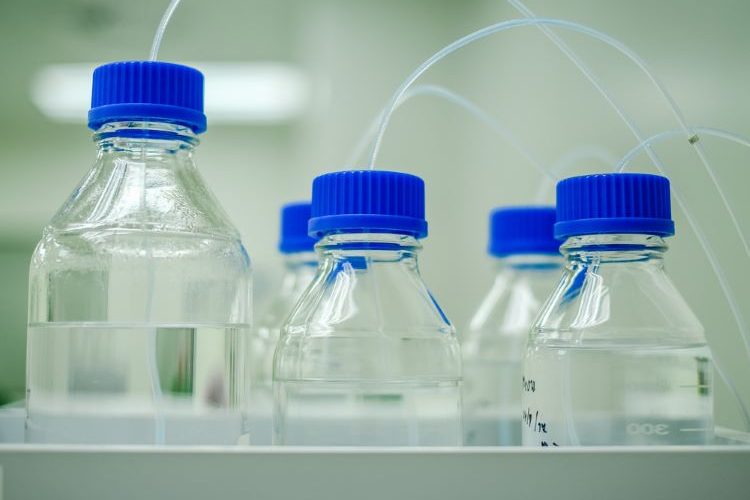

Researchers have developed a high performance liquid chromatography (HPLC) method that enables accurate determination and precise impurity analysis of the adrenergic β-receptor blocker Carvedilol.
Carvedilol is commonly used drug to treat cardiovascular diseases, Yuan et al. explained.
While there are a variety of methods that can detect and quantify carvedilol, these methods often have limitations “in terms of sensitivity, selectivity, or the ability to simultaneously quantify carvedilol and its impurities”.
Key findings from the HPLC study
Notably, the team highlighted that the sensitivity of the HPLC methods “marks a significant enhancement over older techniques”.
Furthermore, “the robustness of the current method was validated by intentionally varying conditions such as low rate, initial column temperature, and mobile phase pH, without significant changes in peak area or retention time for the three analytes”.
Also, “the [limit of detection] LOD and [limit of quantification] LOQ values achieved in this study are well within the acceptable ranges for pharmaceutical analysis, ensuring that even trace amounts of Impurity C and N-formyl carvedilol can be reliably detected and quantified,” Yuan et al. wrote.
Improved recovery rates and manufacturing applications
In addition, accuracy and recovery rates were “significantly improved. Traditional methods often suffered from lower recovery rates, particularly at different concentration levels”, based on research highlighted in the paper.
The HPLC method demonstrated “high recovery for Impurity C and N-formyl carvedilol, with recoveries consistently ranging between 96.5 percent and 101 percent”. This precision in recovery means the method is a reliable tool for routine quality control, Yuan et al. shared.
[The HPLC method] has value for pharmaceutical manufacturing [because it] provides consistent results over time… which is beneficial where batch-to-batch consistency is critical for ensuring product quality and regulatory compliance”
Their approach has value for pharmaceutical manufacturing, the authors stated. Across multiple injections and testing conditions, relative standard deviation (RSD) values remained low, “indicating that the method provides consistent results over time”, which is beneficial “where batch-to-batch consistency is critical for ensuring product quality and regulatory compliance”.
Yuan et al. concluded that their method “provides significant improvements over traditional methods in terms of robustness, sensitivity, and accuracy” since it can provide “reliable and consistent results even under varying conditions”.
They anticipated that their novel approach “offers potential for broader application in pharmaceutical quality control, particularly in ensuring compliance with modern regulatory standards. Its reliability and reproducibility make it a valuable tool for both research and manufacturing environments, contributing to improved drug safety and quality assurance”.
The paper is available as a preprint on Research Square.
Related topics
Chromatography, Data Analysis, Drug Development, Drug Safety, HPLC, Industry Insight, Manufacturing, Research & Development (R&D), Therapeutics



